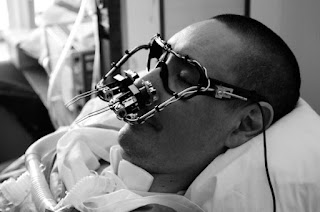Research papers that omit 'mice' from titles receive misleading media coverage
Jun 2021, phys.org
When authors of scientific papers omit the basic fact that a study was conducted in mice (and not in humans) from the article title, journalists reporting on the paper tend to do the same.via Public Library of Science: Triunfol M, Gouveia FC (2021) What's not in the news headlines or titles of Alzheimer disease articles? #InMice. PLoS Biol 19(6): e3001260. doi.org/10.1371/journal.pbio.3001260
Thomas Kuhn wrote something about the progress of science, and how it changes by abrupt paradigm shifts and not as a series of incremental changes. Way before that, Ludwig Fleck wrote about the life cycle of ideas and how they are transmitted among scientists and other human brains. He created the term "thought collective" and wrote Genesis and Development of a Scientific Fact in 1935, although it wasn't translated to English until 1979, after Kuhn made his meteoric impact. I'm not exactly sure what any of this has to do with the way scientists title their papers, but I think it does. Language, like Science, is a lifeform, and behaves as such in the artificial arena of the human mind.
Image credit: (This is what happens when you do an image search for "Deep Kuhn") From the company called Kuhn Farm Machinery: The 4000 Chisel Plow provides durable, economical compaction removal with a variety of shanks and point options to meet different requirements. This promotes breakdown of crop residue and allows good root development for the next crop.
Mostly Unrelated Post Script:
Scientists rename human genes to stop Microsoft Excel from misreading them as dates
Aug 2020, The Verge
HUGO (Human Genome Organisation) Gene Nomenclature Committee (HGNC), the body that names genes, has changed 27 genes to avoid being confused by Excel's default naming protocols.
For example, SEPT2 is the short name of a gene called Septin 2, but it's also the name of September 2nd, if you speak Excel. A report from 2016 found 20% of papers with these errors. Genomic data is already big data, so when you factor this erroneous name conversion, we call that dirty data.
Gene name errors are widespread in the scientific literature. Mark Ziemann et al., Genome Biology, 2016. https://genomebiology.biomedcentral.com/articles/10.1186/s13059-016-1044-7














